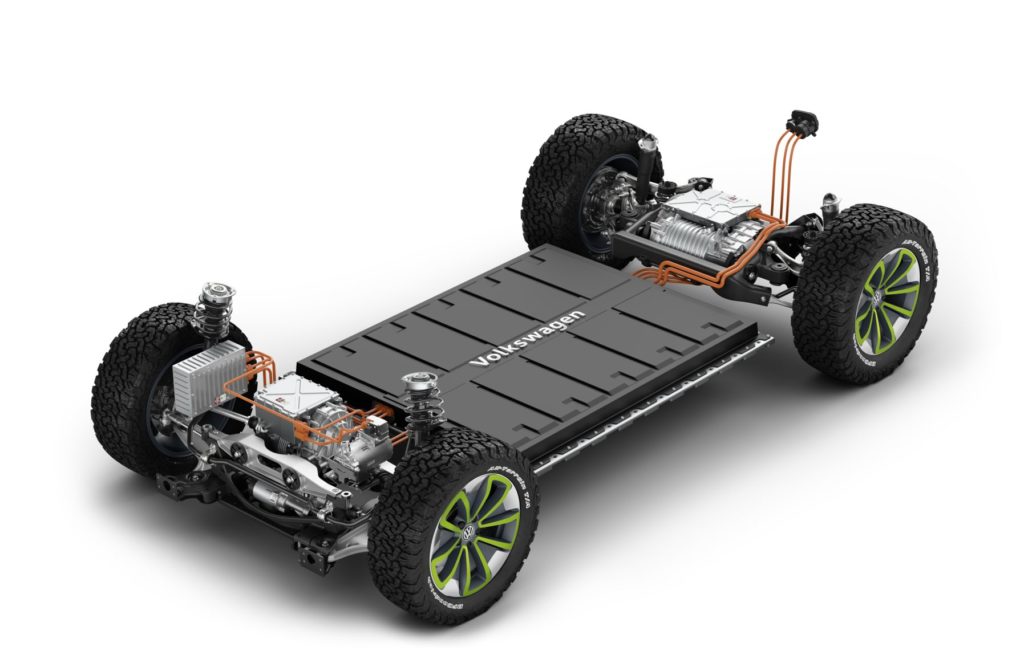Volkswagen lately announced plans to expand the MEB ( German: Modularer E-Antriebs-Baukasten; English: modular electric-drive toolkit) platform’s reachable range to 700 km (435 miles). This is likely to have an effect on future products that have yet to be released, but it may also expand the range of existing models, either as a self-contained upgrade or as part of a future facelift for the ID.3, ID.4, and ID.5, as well as the new ID Buzz.
The ID Life and Aero B are classified as models set to arrive in 2025 in a VW chart that shows its MEB-based EV portfolio. It is not thought low-cost ID Life, which is being redesigned for production, will be able to reach 435 miles on a single charge, but the relatively large Aero B, and also the forthcoming long-wheelbase model of the ID Buzz for the US market, will.
Bear in mind that the asserted coverage number is calculated using the WLTP test cycle, so the figure provided by the EPA will almost certainly be lower in the United States. 350 EPA miles appears to be a reasonable estimate.

The automaker also stated that the getting charged speed of the MEB-powered EV will be increased to more than 200 kW. The speediest charging speed for the MEB platform is presently 125 kW, so VW seeks to double that.
Performance enhancements are also planned, with VW aiming to reduce the sprint time to 100 km/h (62 mph) from its fastest all-wheel-drive MEB EV to less than 5.5 seconds. Currently, the VW ID.5 GTX with 299 horsepower accelerates to 60 mph in 6.2 seconds, so we expect the power output to be increased to 350 horsepower for a 0.7-second time reduction.
Volkswagen began development of the MEB platform, one of the first of its kind devoted solely to electric vehicles, in 2015. The first manufacturing vehicle it supported was the Volkswagen ID.3, and it is now used by 9 different models, including those from VW, Skoda, SEAT, and Audi.
